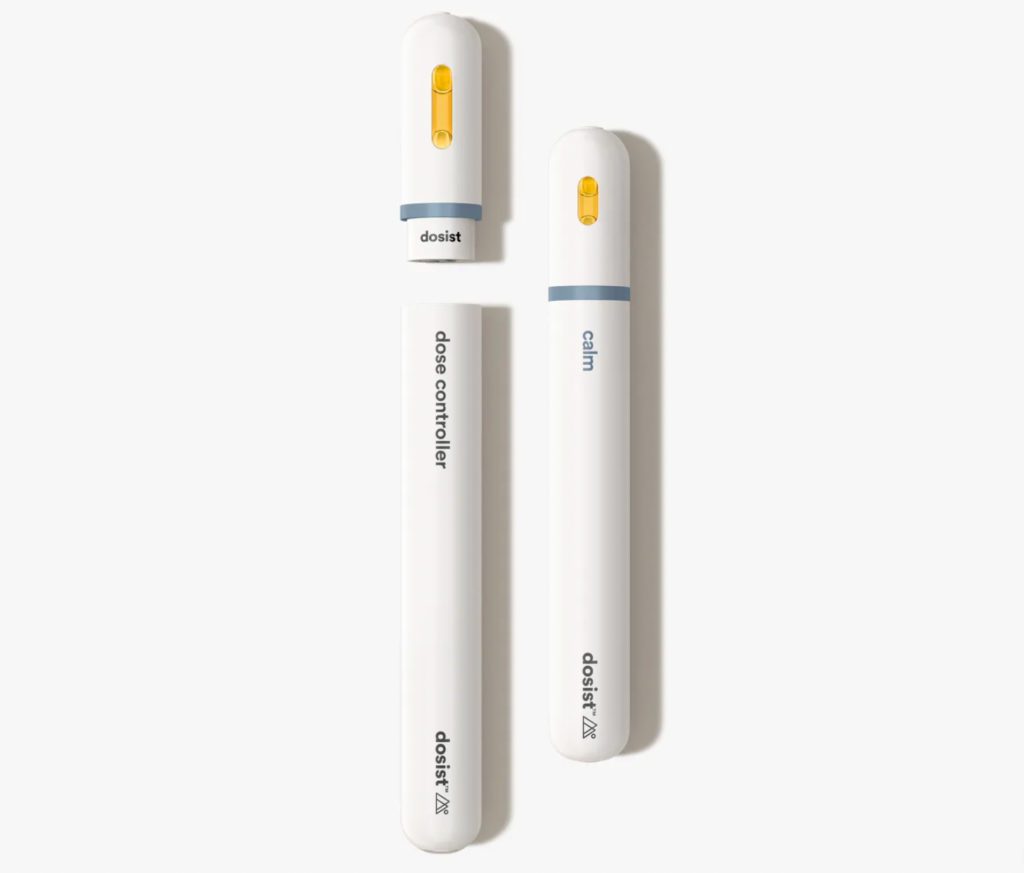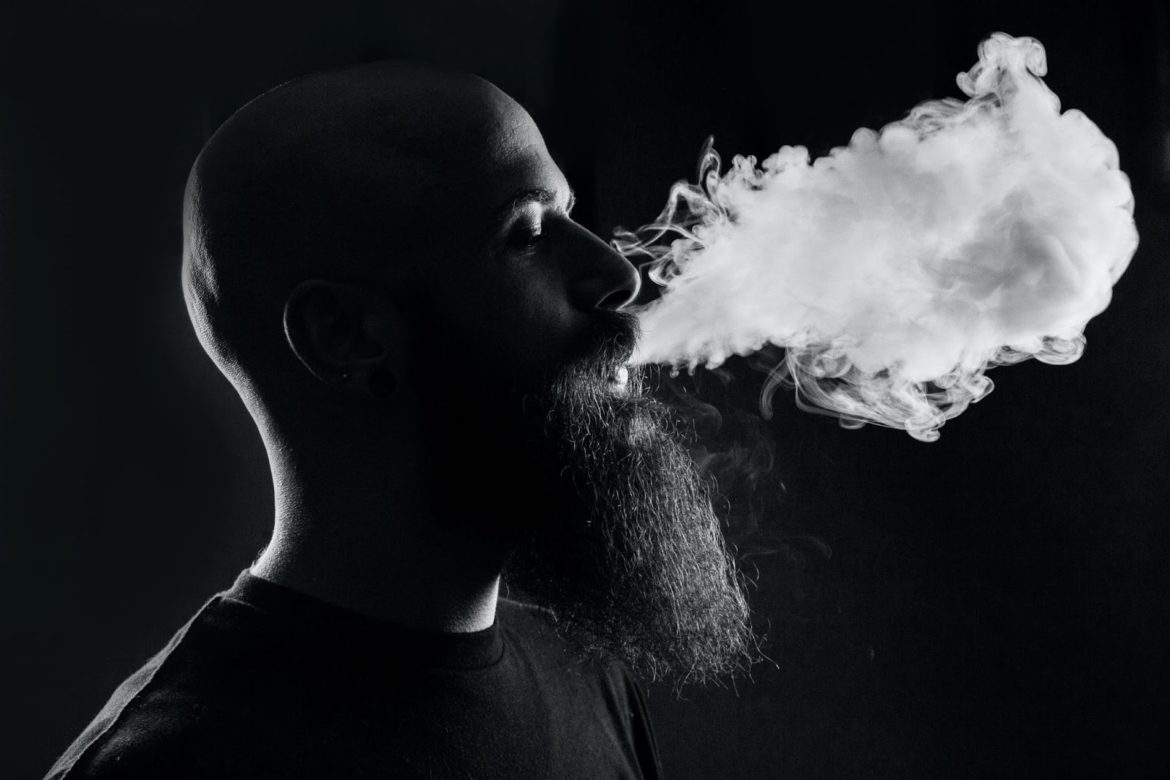Cannabidiol, more commonly known as CBD, has been taking the market by storm for its wide range of uses and increasingly recognized health benefits.
In fact, the growing body of evidence supporting the health benefits and even industrial uses of CBD served as the main argument for the legalization of hemp and cannabis farming in the United States for the 2018 Farm Bill. With CBD becoming such a popular product found in creams, cooking, oils, capsules, vape juices, and much more, it’s time to understand what CBD is, and how it can affect your body.
Hemp CBD vs. Cannabis CBD
While hemp is a form of cannabis, you may see the two separated when looking at forms of CBD on the market.
Hemp CBD is exactly how it sounds — CBD that’s extracted from hemp plants that were grown specifically for CBD.
If you’re buying CBD off the internet, a standard store shelf, or in a state that doesn’t recognize legalized marijuana, you can expect that all of your CBD products will come from hemp.
Cannabis CBD on the other hand is extracted from standard cannabis plants, which are referred to as marijuana plants, that may or may not also be packed with THC.
There are 2 common forms of cannabis CBD, including extracted CBD alone (isolate), and full-range CBD, which will have a mix of all other cannabinoids and chemicals found within cannabis.
CBD vs. CBDA
When purchasing any form of CBD, it’s important to understand your expected use and what you’re buying.
The cannabis plant, while growing, produces cannabidiolic acid, otherwise known as CBDA. Depending on what you’re using the plant for, you may want CBDA, which is known for blocking the COX-2 enzyme associated with swelling after an injury — this can relieve inflammation and associated pain.
If the effects of CBD are your goal, the cannabis will need to go through a process known as decarboxylation, but only if the end-use will be used under 240 degrees Fahrenheit.
Standard decarboxylation heats the cannabis for an extended period of time, around one hour, and allows the acids to break down. This is ideal for lotions, tinctures, and other forms of CBD which aren’t heated during use.
So, why not always decarb?
During the heating and drying process, trichomes (the small crystalized hairs seen around the plant) can be damaged. Trichomes are responsible for carrying a large portion of your cannabinoids, which can be damaged by heat, light, oxygen, and much more during the drying process.
Damage to your trichomes results in a less potent outcome.
Will CBD get you high?
While CBD and THC share the same plant, they are used by your body in different ways. CBD is known to reduce inflammation and irritation, and even make you feel a full-body relaxation.
Are you high? No. CBD cannot make you high like THC makes you high — the most comparable feeling is feeling relaxed, but even that does not hit you like a hit off a joint would.
THC is the psychoactive compound found in cannabis that affects not only your physical activity but also your brain activity. This is the feeling of being high. Depending on the strain, weed could make you hyper or relaxed.
Hemp CBD will not get you high, and due to the highly regulated testing process, you can rest assured the THC levels are far too low to have any trace of an effect.
Products advertised and sold as cannabis CBD often have higher THC levels, and you may feel some effects of that included THC content, but these will only be found in states where recreational or medical marijuana is legalized, and you’re purchasing from actual dispensaries.

CBD Vape Pens
While vaping was first looked at as a form of tobacco alternative, or a way to pull away from smoking, it’s now often utilized as a primary or preferred form of smoking. Vaping allows the CBD a direct path into your body with near-instant absorption, meaning you can smoke exactly when you need it.
While CBD is released at 356 degrees, temperatures exceeding this could begin destroying the CBD by thermal destruction. This becomes an issue when a standard lighter burns around 3,590 degrees and the red glowing cherry when you smoke a traditional joint or cigarette is around 900 degrees.
This thermal destruction becomes one of the primary reasons for reduced THC and CBD intake for various smoking methods.
Vaping allows you to closely monitor and adjust the coil temperatures to avoid overheating, meaning you get more out of every pull.
Vaping also really opens up a world of flavors otherwise not fully achievable with cannabis, from fruity to the savory.
A key advantage of smoking vape juice is the reduction of third-hand smoke or the odors and chemicals that stick to your skin, clothing, and materials.
Many smokers also enjoy vaping thanks to the idea of having just one hit every once in a while. When you light a joint, blunt, or CBD cigarette, it’s expected that you’ll smoke the whole thing. We’ve all said or heard the “just let me finish this quick” as you try to wrap up a smoke.
Vapes allow you to start and stop smoking whenever. If 3 pulls give you the needed levels of CBD, take 3 pulls. If you need just a little more, take 1 pull and keep on moving.
Summary
CBD is a great resource for your health, but how should you take it? With tablets and tinctures and other forms of consumables, you may need to wait 20-30 minutes to feel the effects.
Thankfully, you can get what you need now with vaping. The CBD is delivered not only to the lungs where it can be easily and quickly absorbed into your bloodstream, but it also absorbs into your mouth, throat, and everywhere along the way.
Purchasing your CBD vape products from Emjay ensures you’re getting tried, tested, and highly enjoyed products from leading manufacturers. With in-depth descriptions and flavor profiles, you’ll be receiving a product fit just right for your cravings.
